Microalgae Digest Themselves
Plankton extend their survival by digesting their own internal constituents when nutrients become scarce.

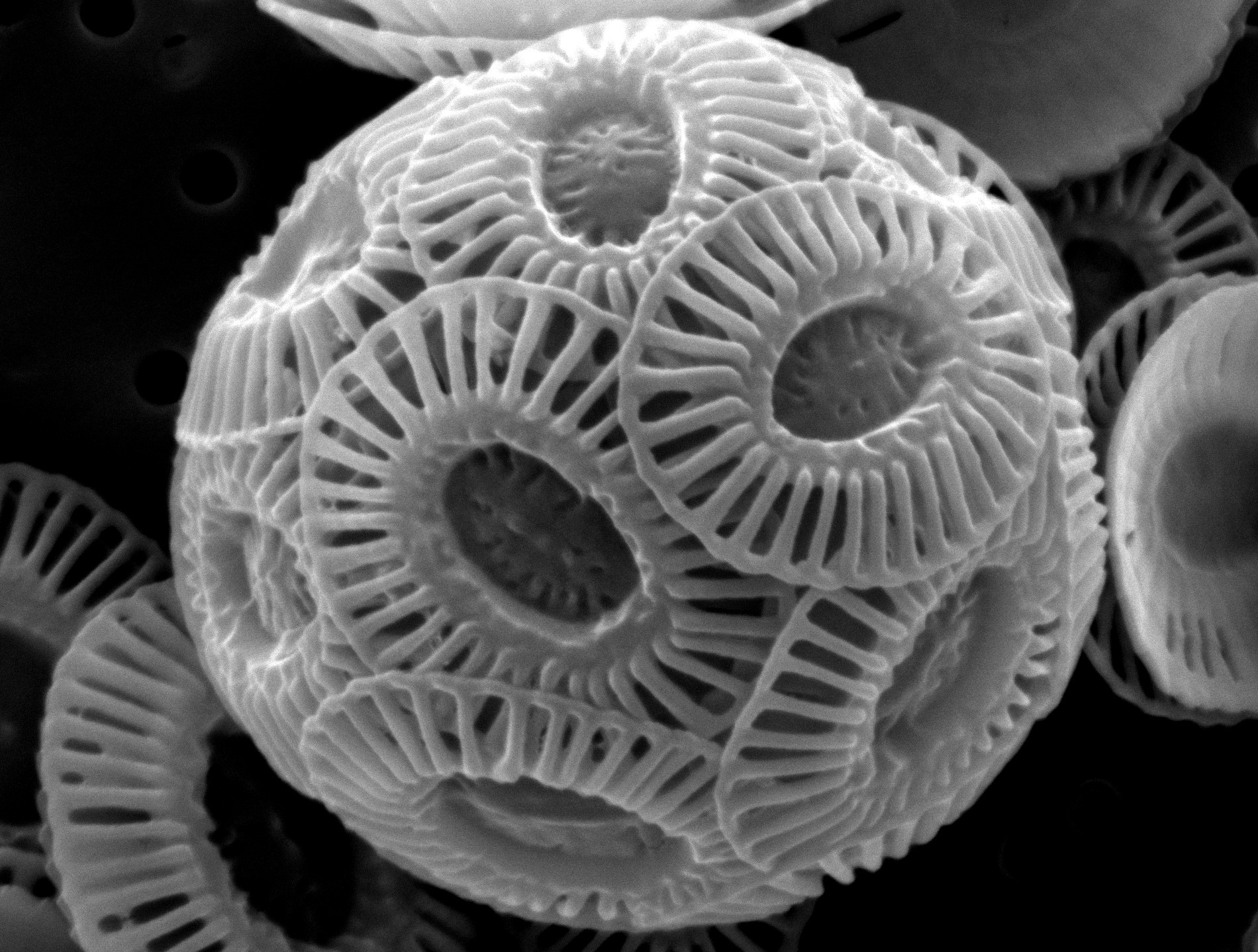
Plankton extend their survival by digesting their own internal constituents when nutrients become scarce.
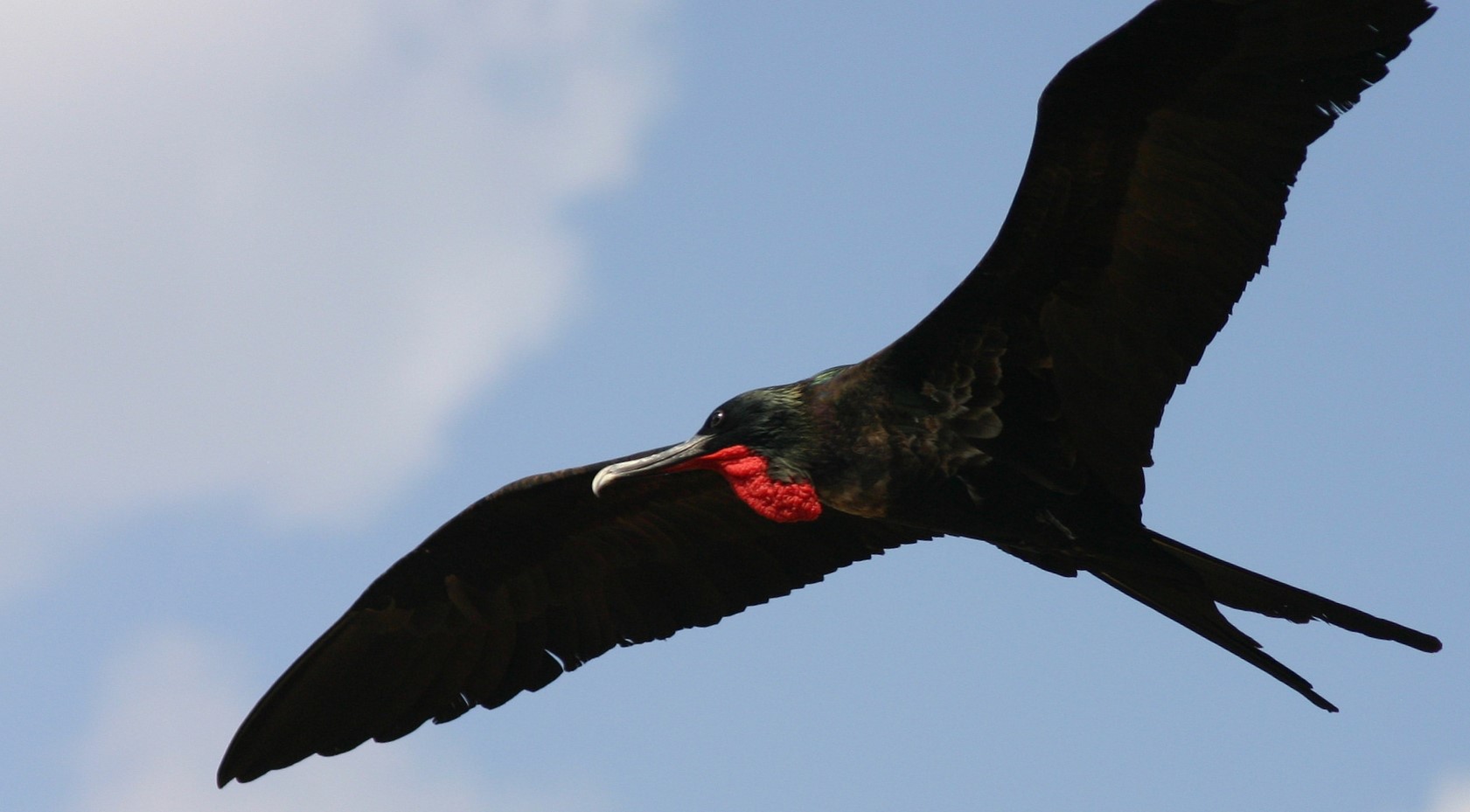
Solar transmitters on ocean-going frigatebirds reveal how they keep aloft for months at a time.
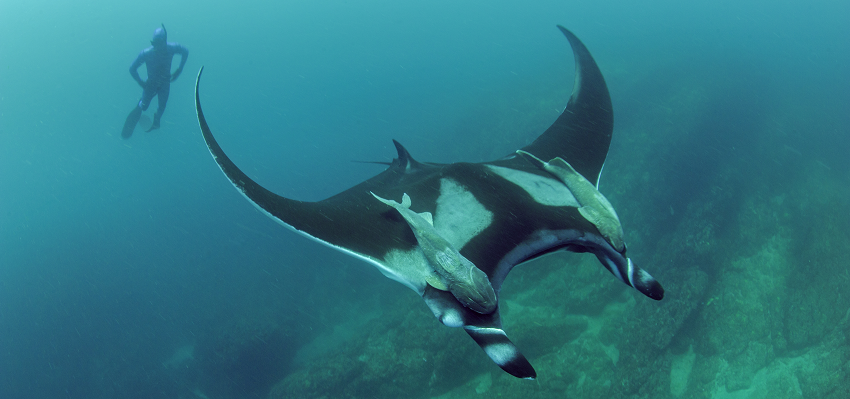
Oceanic manta rays don’t migrate long distances like other large sea creatures.
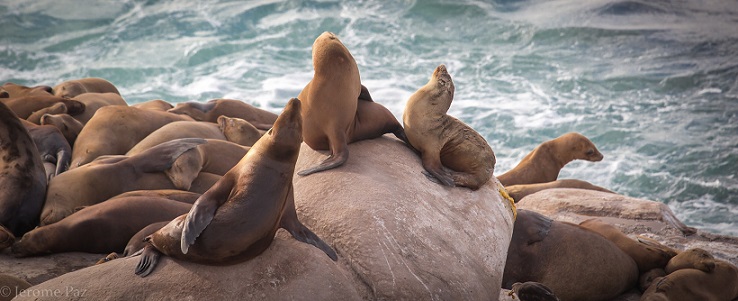
Marine mammals brought tuberculosis to South Americans from Africa more than 1000 years ago.
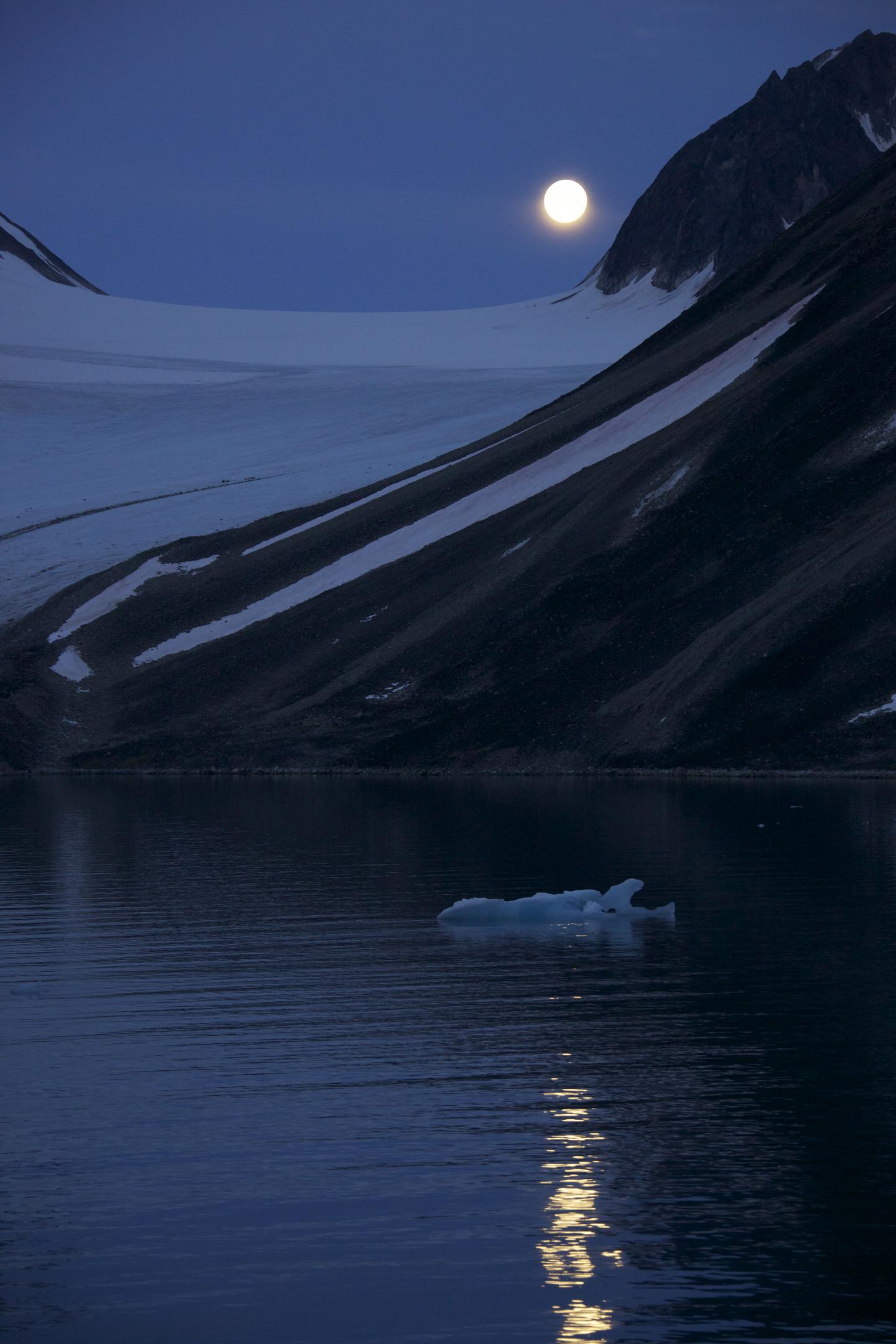
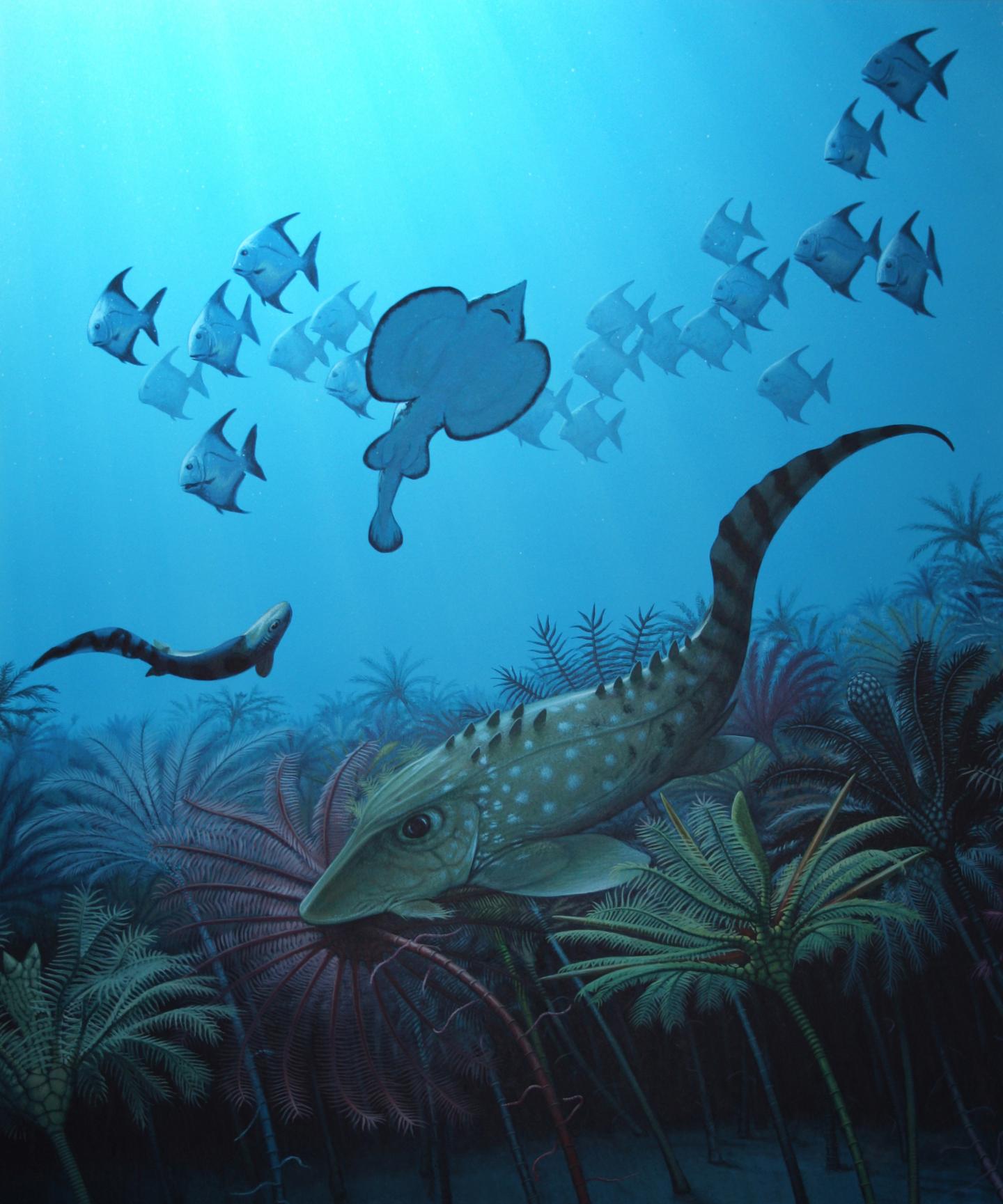
What happened after an ice age wiped out nearly all of earth fish 359 million years ago?
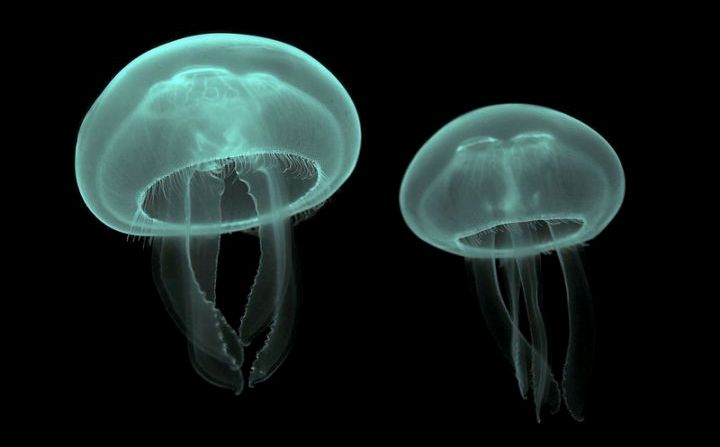

Damselfish attract multiple predators with a chemical cue, giving themselves a way to escape.
A sea slug co-opts a seaweed’s chemical defenses and its ability to harvest energy from the sun.
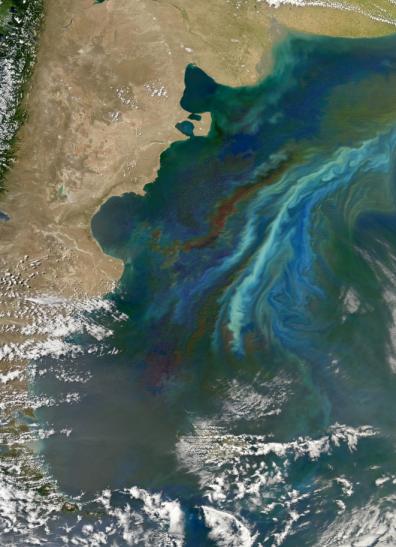
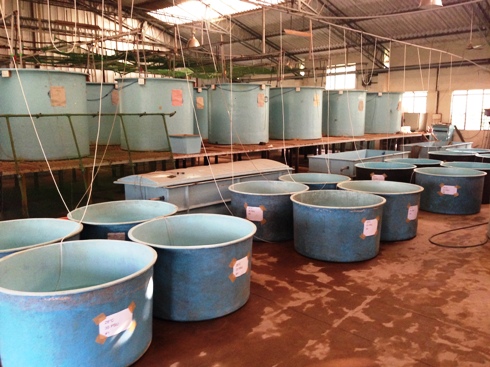
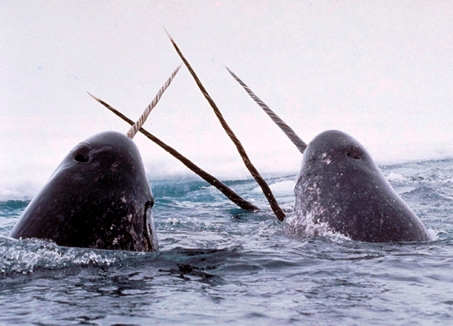
While going about their daily routines, marine animals outfitted with sensors can collect data on ocean conditions in places that would be dangerous for human oceanographers to venture.
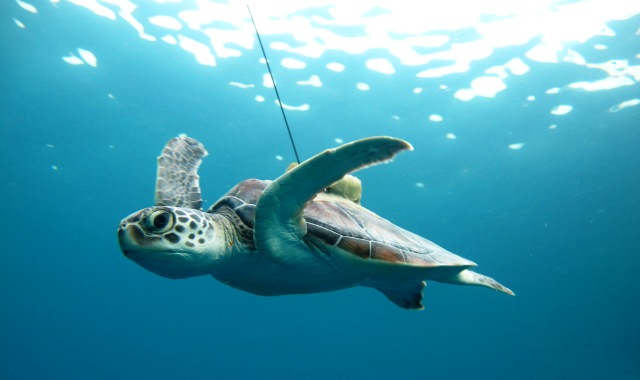
Aquatic animal tracking via satellite telemetry leads to surprising discoveries about long-distance migratory behavior.

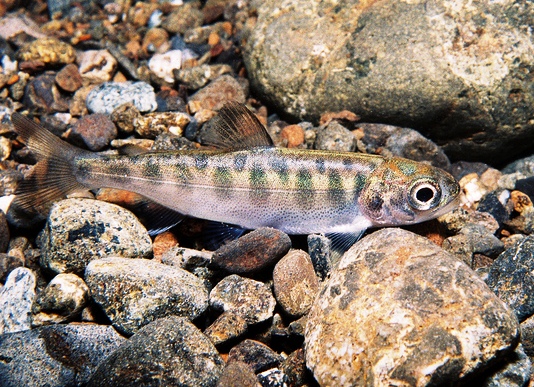
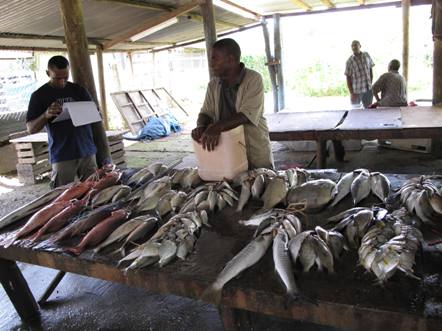
Retailers are looking to the developing world to meet the growing demand for sustainable seafood.
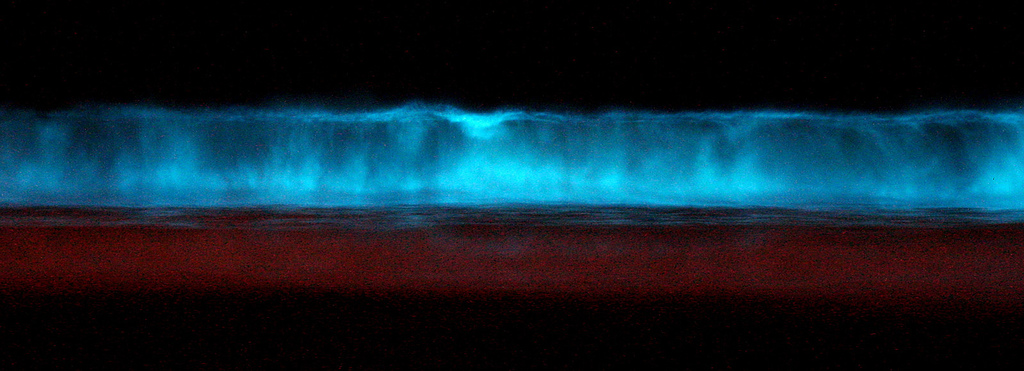

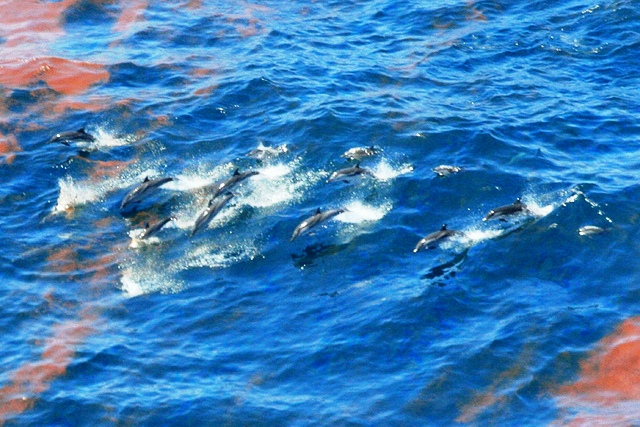
How are animals coping 5 years after the Deepwater Horizon oil spill in the Gulf of Mexico?
A smartphone app allows citizen scientists to track litter that makes its way into our waterways.
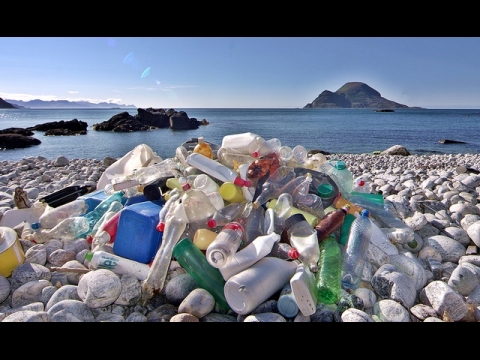
Middle income countries with underdeveloped waste-management infrastructures contribute disproportionately to plastic debris that ends up in the ocean.
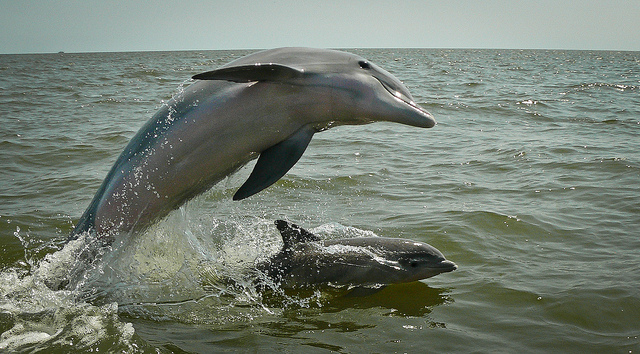
Each bottlenose dolphin makes up its own signature whistle early in life that functions much like a name.
